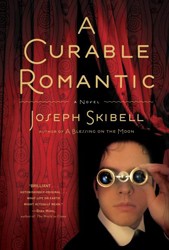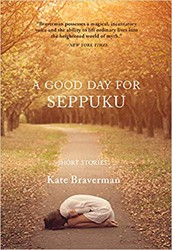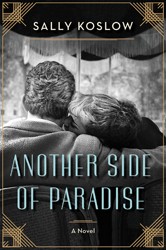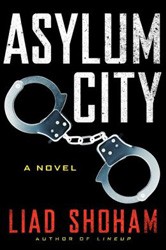Despite a colorful jacket illustration by the well-known cartoon artist Mark Alan Stamaty, and some lovely black and white wash sketches by the author, an award-winning writer of nonfiction, this comedic, celebratory novel of life on the “Loisaida” — the Lower East Side — when Latinos, Italians, Jews and Sicilians coexisted, sharing food, street music, bohemian ways, and an anti-capitalist ethos, tries too hard to present the charm of “the old neighborhood,” with its collection of likable oddballs and eccentrics. These include refugees, petty criminals (violence then was more the exception than the rule), and drop-outs — the mass of humanity that made up Alphabet City in the ‘80s, before the gentrifying landlords moved in and the remaining Jews moved out, and Loisaida, as a community of insiders who all knew each other, was fartik, gastado, acabado, finito, se acabo, finished.
At the center of this small world of carnival- like sights, “Spiddish” sounds and ethnic smells, are the Seltzers — Harry and Ruth (they own property but rarely collect rent); their son, Nathan, who runs the Meshugaloo Copy Center and who can’t contain his sexual appetite for a local shiksa; Nathan’s wife, Sonia, who is writing a play about Emma Goldman; Nathan’s druggie brother, Mordy; and Uncle Nusan, with the tattoo on his arm. A kind of updated “Street Scene,” the book embraces a wide range of characters, though the sentimental perspective is clearly Jewish. Dedicated to the old neighborhood “with love,” and with closing pages that feature neighborhood recipes, Boogaloo, subtitled “A Novel of Pastry, Guilt, and Music,” has great heart but does not quite succeed as fiction.





